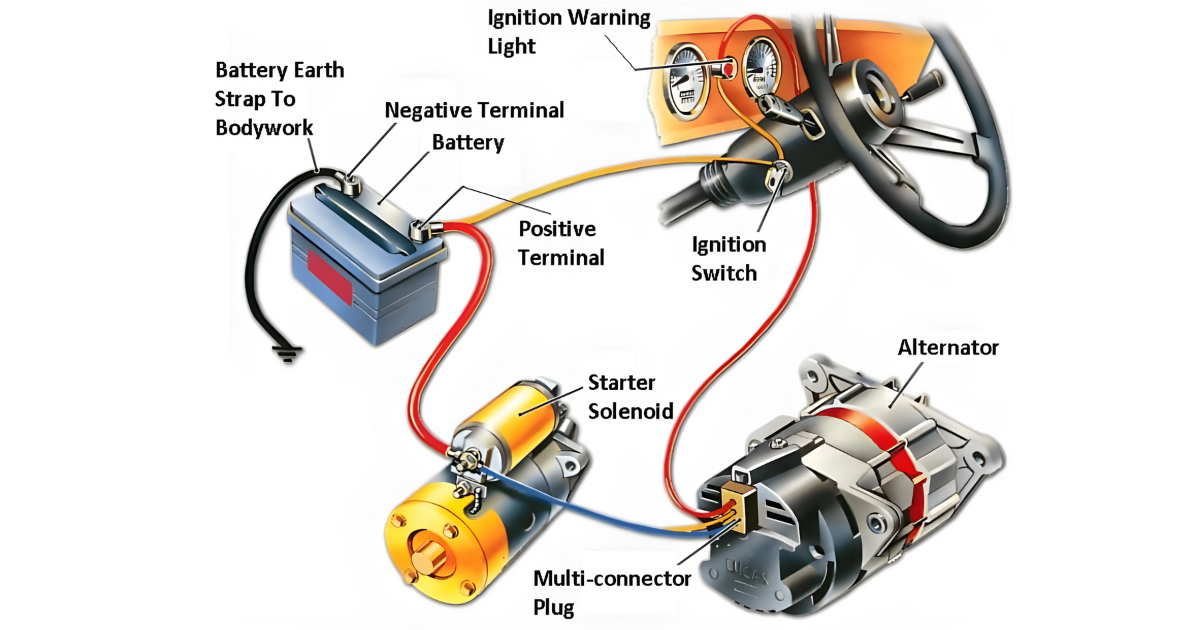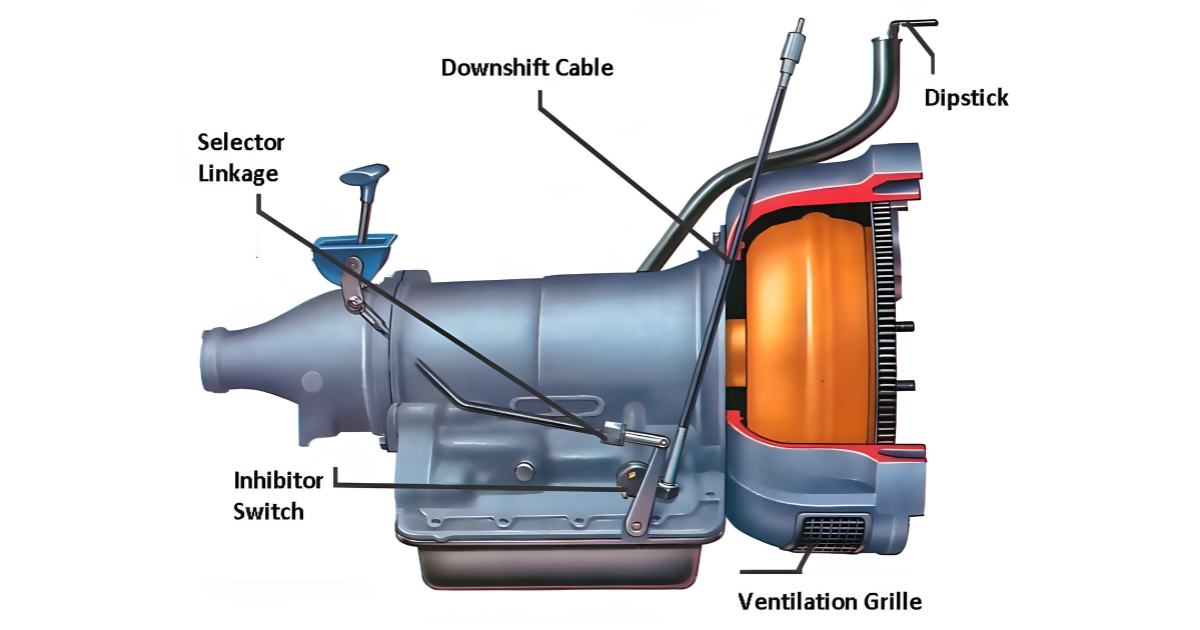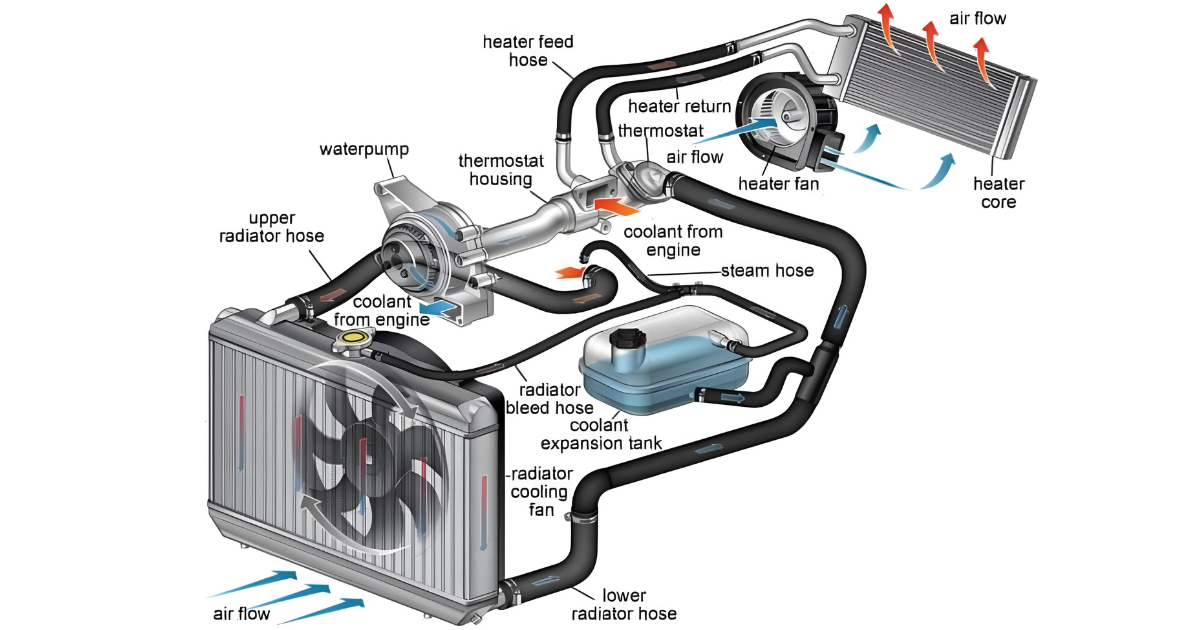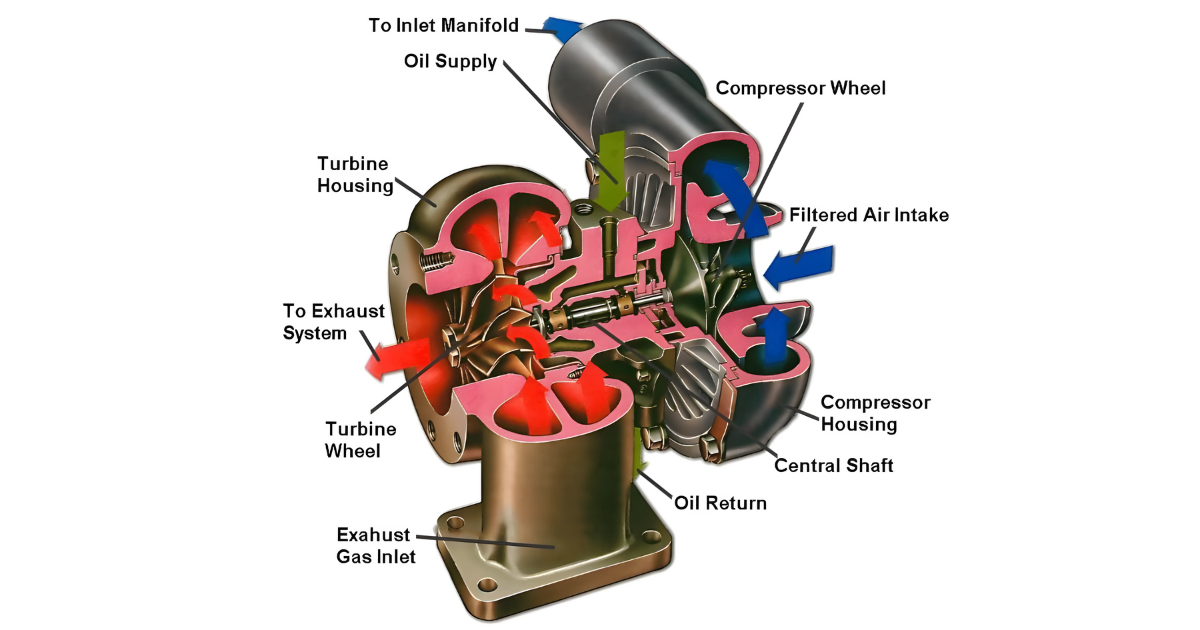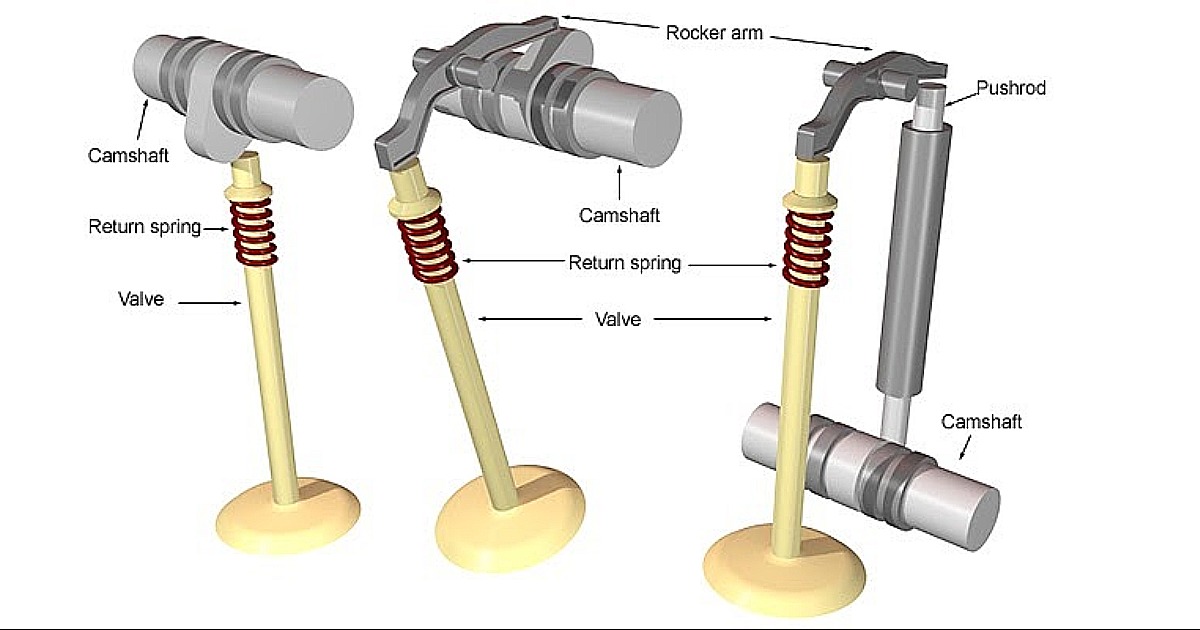Have you ever thought about how a simple turn of a key can make a powerful machine like a car work? To find the answer, you have to look at how the ignition system works. It sets off a chain of events like a tiny conductor, ending with a fiery spark that lights the fuel-air mixture in the engine’s pistons and turns the wheels.
But what exactly goes on behind the scenes in this magical process?
Let’s go deeper and look at how the ignition system really works, finding the important parts and what they do to make this performance so electrifying!
The Ignition System’s Crucial Role
At its core, the ignition system is the catalyst that initiates the combustion process within the engine. It takes the dormant mixture of fuel and air and sparks the ignition, setting off a controlled explosion that powers the engine’s pistons and drives the vehicle.
Components of the Ignition System
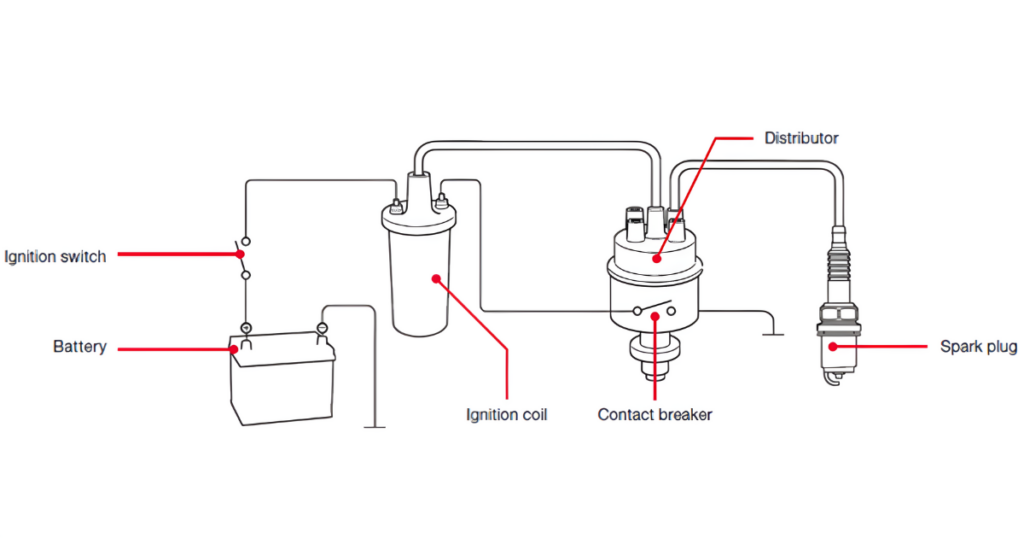
- Spark Plugs: The spark plug is the unsung hero of the ignition system. Positioned within the engine’s cylinders, it produces the spark that ignites the fuel-air mixture. Modern spark plugs are engineered with precision to withstand high temperatures and ensure efficient combustion.
- Ignition Coil: The ignition coil is a transformer that steps up the 12-volt electrical current from the battery to a much higher voltage, typically in the range of 20,000 to 50,000 volts. This elevated voltage is necessary to create the powerful spark needed for combustion.
- Distributor (or Ignition Module): In traditional ignition systems, the distributor distributes the high-voltage current from the ignition coil to the appropriate spark plug at a precise moment in the engine’s cycle. Many modern vehicles have transitioned to distributorless ignition systems (DIS) or coil-on-plug (COP) setups for improved precision.
- Ignition Switch: The ignition switch is the gateway to the entire ignition system. Turning the key or pushing the start button completes the circuit, allowing electrical current to flow from the battery to the ignition system components.
How the Ignition System Works
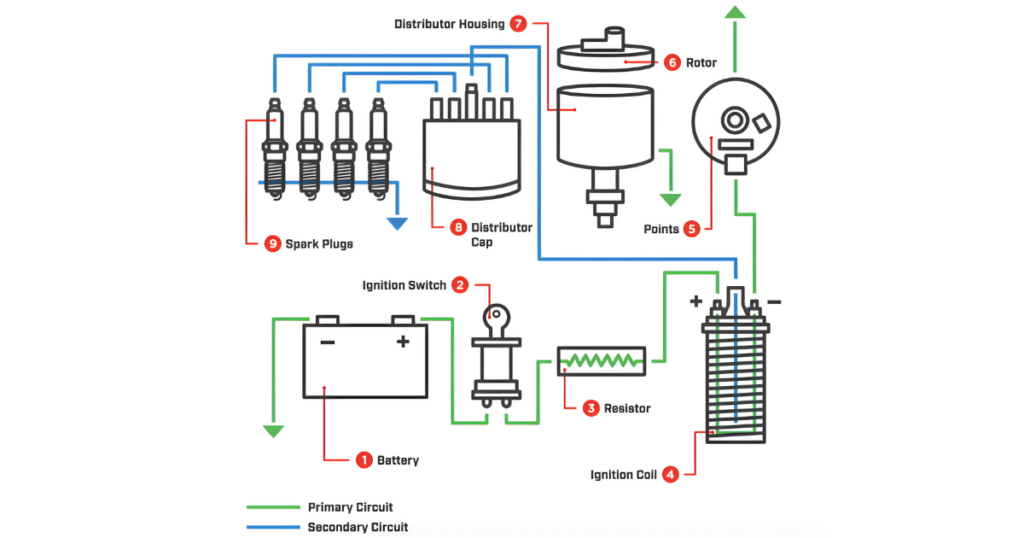
- Starting the Sequence: When the driver turns the key or presses the start button, it activates the ignition switch, completing the circuit. This, in turn, allows electrical current to flow from the battery to the ignition coil.
- Ignition Coil Amplification: The ignition coil acts as an amplification device, transforming the low-voltage current from the battery into a high-voltage surge. This amplified current is then sent to the distributor or directly to the spark plugs in more modern systems.
- Distributor’s Role (or Ignition Module): In systems with a distributor, it plays a critical role in sending the high-voltage current to the correct spark plug at the precise moment. In distributorless systems, individual components, such as the ignition module, manage the timing and distribution of the electrical current.
- Spark Plug Action: Once the high-voltage current reaches the spark plug, it jumps the gap between the plug’s center electrode and the ground electrode. This creates a spark that ignites the compressed fuel-air mixture within the engine’s cylinder.
- Combustion and Power Generation: The ignited fuel-air mixture undergoes controlled combustion, creating a rapid expansion of gases. This expansion forces the engine’s pistons to move, turning the crankshaft and generating power to drive the vehicle.
Conclusion
The ignition system is like the conductor of the engine; it leads to the composition of combustion that makes our cars run. Every part of our engines, from the simple spark plug to the high-tech ignition coil, is essential for turning electricity into the explosive force that keeps them going.
By learning more about the technical parts of the ignition system, we get a better sense of the science and engineering that make up the heart of every car and make sure it runs smoothly on every trip.
For a visual explanation of how an ignition system works, please watch the video below:
